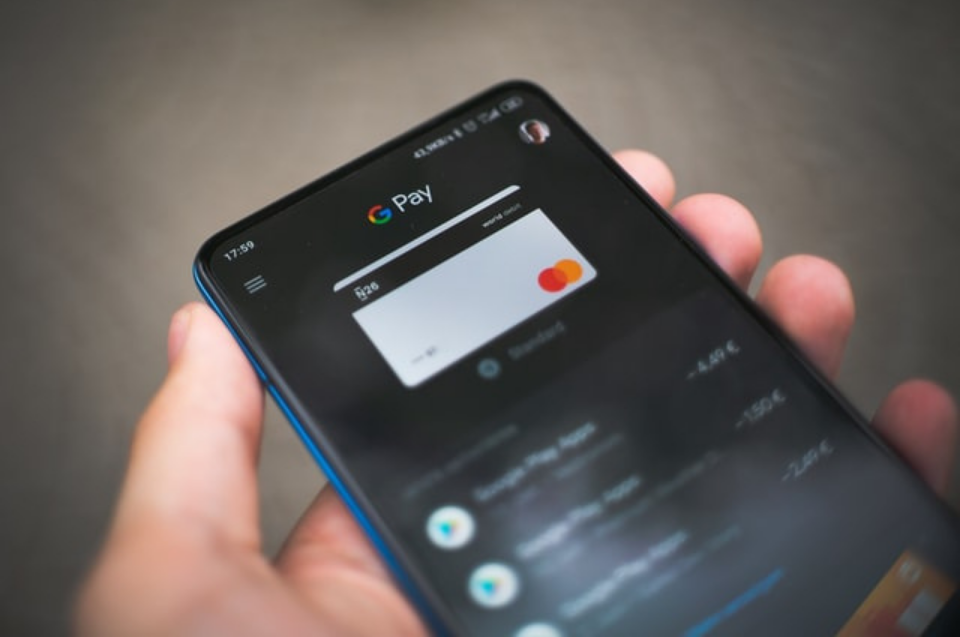
Tap on Phone – The future of payments?
Tap on phone – Is it the beginning of the end for dedicated payment hardware?
Introduction
The world of payments has come a long way in a relatively short space of time, with cash becoming a rare sight for many merchants. But where did this new world of payments all begin, and more importantly for acquirers where is it headed? These are important questions for acquirers, as they look to broaden their horizons whilst keeping up and competing with their rivals when vying for the business of merchants.
A brief history of card payments
The first ever payment card was introduced by Diners Club in the USA in 1950, with the first plastic card appearing in 1959. These plastic cards revolutionised the payment horizon with a non-electric card machine imprinting the details onto a carbon paper slip to be signed by the consumer. The first swipe card was brought in by Visa in 1979 and the first wireless card terminal being marketed as early as 1997.
What came next was a slight lull in the advancement of financial technology. It wasn’t until 2004 that Chip and Pin was brought to the UK before contactless launched in 2007 in the UK. Not long after, mobile payments were seen in 2008 and more significant changes followed at the start of the next decade. Square released the first app based card reader in 2010, and it wasn’t long before Poynt released the first smart POS system in 2014. But with all these advancements, what does the future hold for card payments?
What does the future hold?
With over half of all card payments being contactless in the UK, it makes sense that this year both Visa and Mastercard are requiring all card terminals to accept contactless. This signals a clear impetus to leave traditional Chip and Pin behind and move into the future.
Mastercard are currently testing out fingerprint authentication on physical cards in an attempt to improve the security of card payments but it has yet to be popularized into the mainstream. Similarly, Worldpay are predicting a physical card free world in which cards are stored on mobile wallets reducing the need for consumers to carry around multiple cards. Following this trend, companies began developing mobile to mobile payments with Ingenico and Samsung leading the way.
Phone to phone payments
Phone to phone payments are not a new concept. In 2016 Ingenico partnered with Intel and Panasonic to create a tablet that could accept contactless payments. Initiated in 2015, it was aiming to benefit merchants operating in the hospitality and retail sectors, who would benefit from the added value of mobile technology that offered a more seamless customer experience through contactless payments and “one of the smallest and lightest mobile payment devices at the time”. These “ToughPad Tablets” debuted at the NRF expo in New York 2016, then disappeared, never really reaching the heights expected from the system.
This did not deter them however. In early 2019 Ingenico returned, announcing it would demonstrate a Tap on Phone proof of concept at the MWC in Barcelona in February 2019. This specifically would cover enabling NFC payments on consumer-off-the-shelf devices, using a dedicated payments app and complimenting Ingenico’s traditional POS.
Samsung had similar ideas and, alongside First Data & Visa, they released a SoftPOS allowing merchants to turn smartphones and tablets into contactless payment terminals. A combination of Visa’s contactless capabilities, First Data’s mobile app, and Samsung’s multi-layered security ensured this would be successful in it’s trials initially in Poland.
The Samsung announcement
This brings us to the latest announcements from the NRF 2020 conference, in which innovations were presented that could change the way merchants accept payments in the future.
It was here Samsung and Visa unveiled the XCover Pro phone, which can accept contactless payments without add-on hardware. It could be the first of many devices capable of handling NFC payments natively. Designed for frontline workers in a number of sectors, from healthcare and retail to manufacturing, it is integrated with various hardware and software, including barcode scanning, walkie-talkie capabilities, and Samsung POS.
The phone itself is secured with facial recognition and fingerprint reader, and may fit into the market by offering ‘always on’ technology in a package smaller than a tablet and still looking like a consumer device. Clearly Samsung and Visa are aiming to make bold, deliberate movements into the field of mobile POS & payment procession and it may signal a changing of the tide from dedicated payment hardware.
Conclusion
It would appear that contactless payments are becoming more and more prevalent in modern society, with compatible hardware decreasing in size with every iteration, and the push from Visa and Mastercard to force merchants into accepting it.
As a result the next logical step is to move into mobile, with phones playing a more prevalent part in everyday life and for that reason it must be argued that Samsung is putting the pressure on plug-in card readers potentially reducing their acquiring life if this mobile model catches on. This is no guarantee, with Ingenico trying twice to bring this to market… to no avail. For that reason alone, there may be life in the old dog yet.
